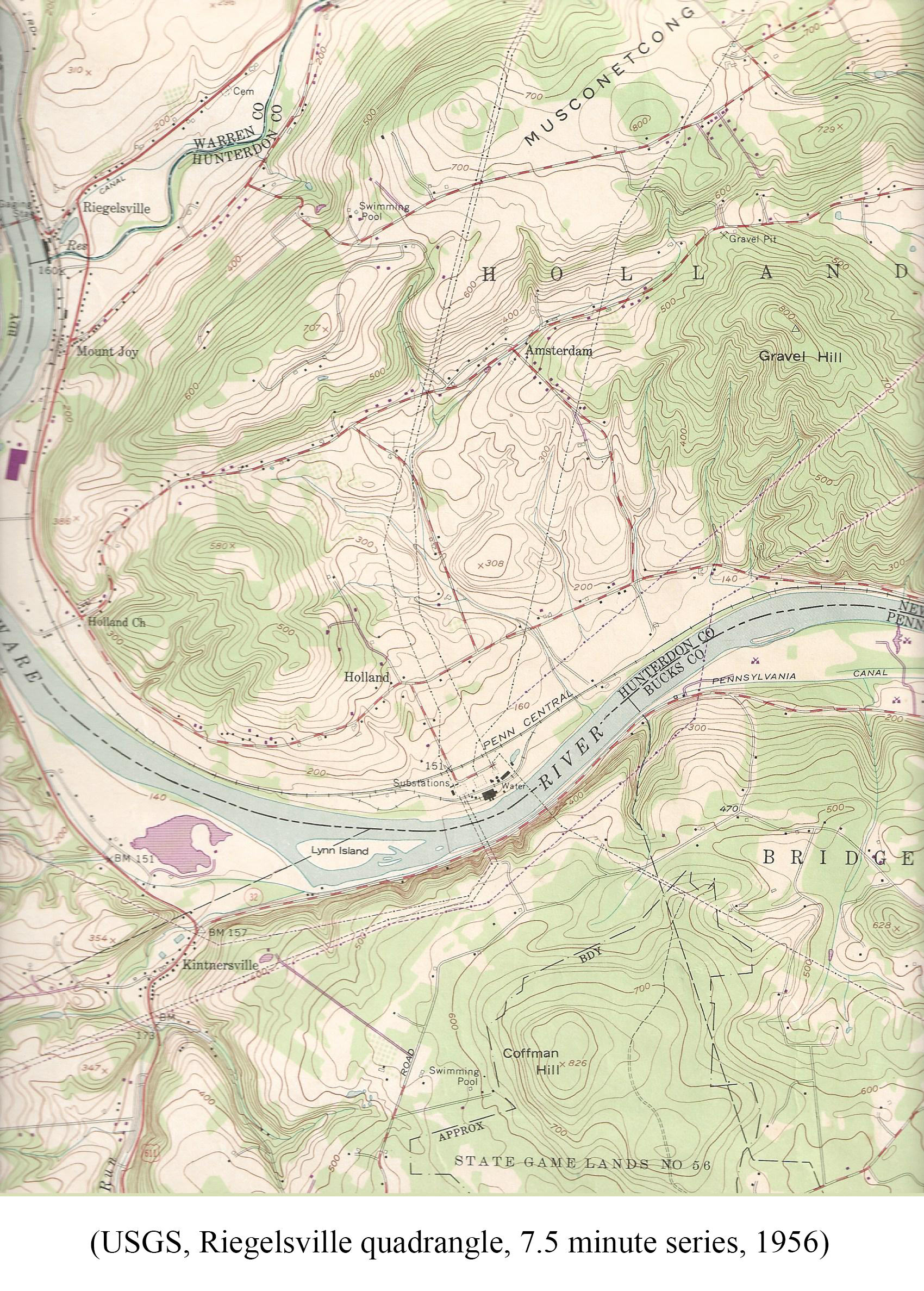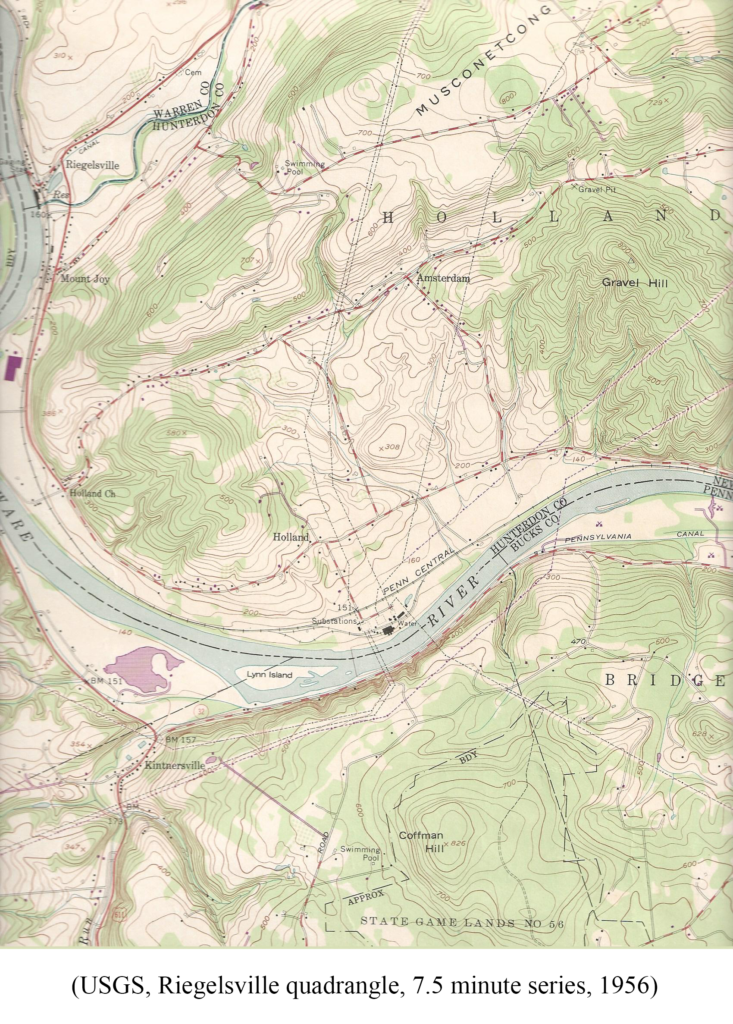
The Overpeck site (36-BU-5) is a stratified, multicomponent site within the Middle Delaware Valley. It is located along the Delaware River near Kintersville, Bucks County, PA.
The site was first investigated in 1947 by J. Witthoft and R. MacNiesh. Additional excavations were undertaken from 1963 thru 1967 by members of SPA, Chapter #14, Forks of the Delaware Archaeology Association.
Chapter members were encourage to seek permission to excavate when the removall of sandy loam for Bethlehem Steel had exposed artifacts.
The Overpeck site had produced large amounts of artifacts relating to the Late Woodland period and is known for being the type site for Overpeck Incised ceramics.
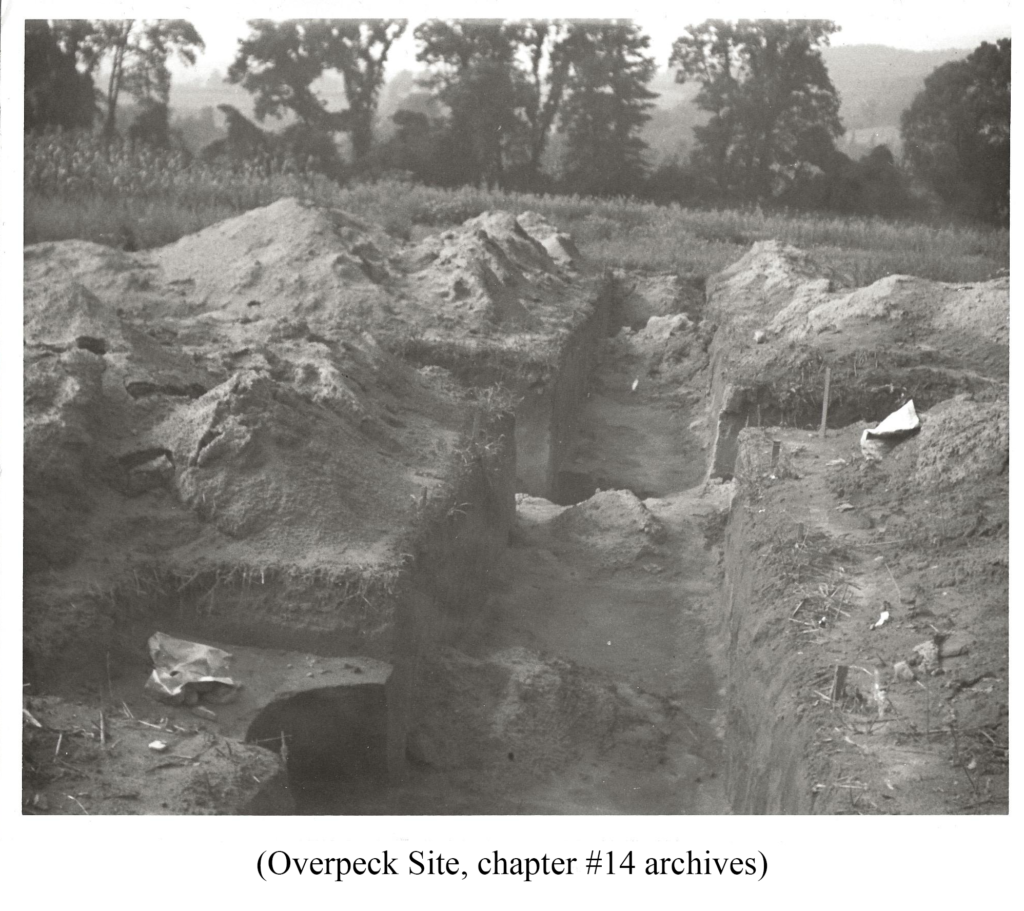
These were the most abundant ceramic types excavated from the early Late Woodland period. Separated by a sterile silt layer, Overpeck Paddle Edged Stamped and Overpeck Smooth are both assigned to a later occupation of the Woodland period.
Overpeck Incised
Overpeck Incised ceramics are typed as collarless vessels that exhibit incising over cord marking. The temper is made of sand, with crushed quarts predominating. Its gritty texture, and colors of red hues, distinguish it from other pottery types in the area.
The form of the vessel is described as having rims that are straight to slightly everted with undecorated lips that are usually rounded. The body is elongated with a slight neck constriction and a conoidal base.
The surface finish on the exterior is cord marked, and sometimes disfigured near the rim and base. Interiors are smooth with some shards showing fine striations from being wiped.
Decorations are incised, which are broad, shallow, and trailed. Some vessels may have additional use of punctations. The designs are zoned in patterns of herring bone, ladders, or parallel lines.

Overpeck Incised/Bowmans Brook
Overpeck Incised are frequently found within the middle Delaware Valley. Examples have been recorded along the Delaware river from the Tocks Island area (Miller Field site), south to Trenton (Abbott Farm site).
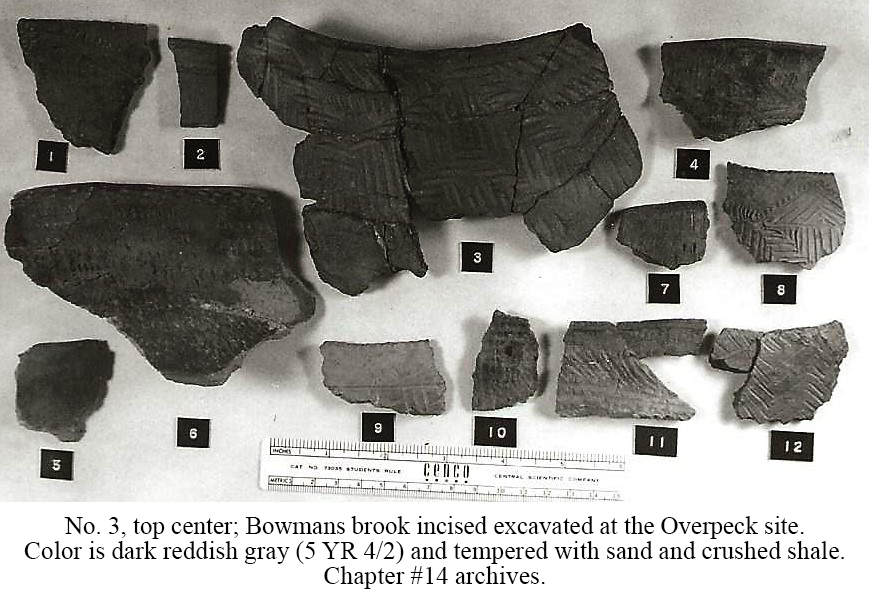
It very closely resembles a contemporary vessel type known as Bowmans Brook. Some variants of the two types may be indistinguishable.
Both ceramic wares are collarless with necks that are usually not well defined and have elongated bodies with conoidal bases.
A classic example of Bowmans Brook Incised has shale grit predominating in the temper. Lips are usually flattened, and surface finish is smooth. Designs are incised along the neck area and down over the shoulder.
Bowmans Brook may exhibit finer incising, more abundant sand temper, and more frequent ladder designs.

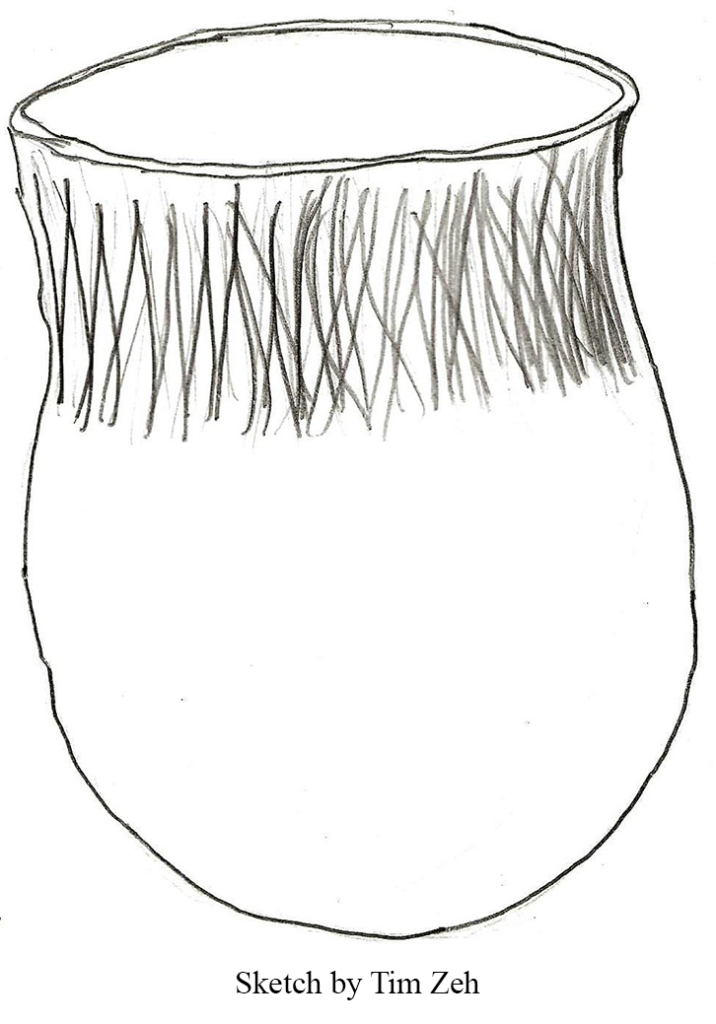
Staats, Dayton,
“A radiocarbon date of 690 B.P. +/- 50 years (A.D. 1260), has been determined for a Late Woodland component characterized by Overpeck Incised and Bowmans Brook Incised pottery”.
Pennsylvania Archaeologist, Bulletin of the SPA, Vol. 56, Dec. 1986 Nos. 3-4.
Salvage of the Gray Site, Warren County, New Jersey.
COMPARISON CHART:

